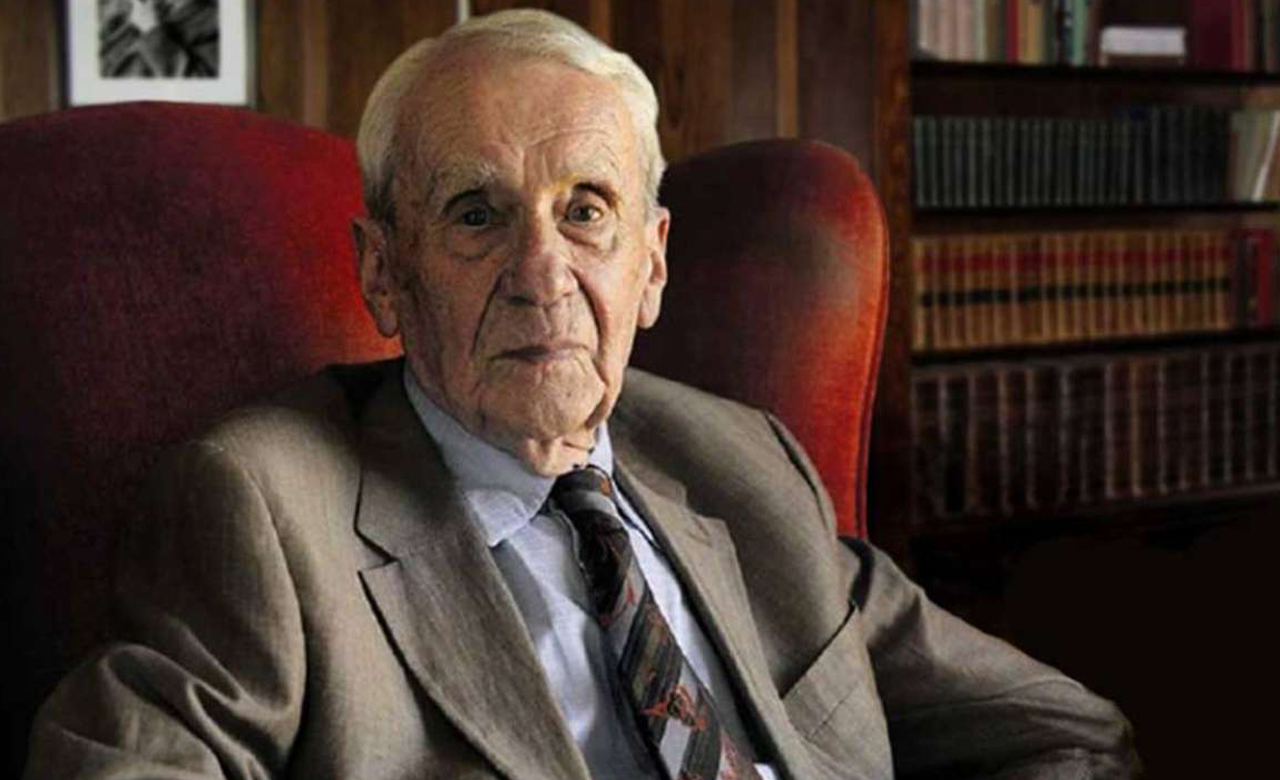We know him best as the author of the epic fantasy The Lord of The Rings, but very few people truly know him beyond his literary work. The thing with J.R.R Tolkien is that he is as mythic as the world he created through his books. Throughout the years, there have been many misconceptions about his person, and he has always experienced some degree of condemnation when it comes to the English Literature establishment.
Nonetheless, he remains one of the most read authors around the world. His books have been translated into many different languages, and there is a good reason for that, which we’ll dive into in this biography.
The Author’s Childhood and Youth
John Ronald Reuel Tolkien was born on January 3, 1892, in Bloemfontein in the Orange Free State of South Africa. His parents were Arthur Reuel Tolkien, who worked as an English bank manager, and Mabel Suffield, who was a homemaker. Originally from England, the couple made investments toward moving to South Africa after his father was promoted as the head of the British bank’s Bloemfontein Office. Tolkien only had one younger sibling, Hilary Arthur Reuel Tolkien, who was born two years after him.

It might surprise many, but he and his brother were actually homeschooled by their mother. She taught the brothers vast information about botany, thus planting a love of nature in Tolkien himself. In fact, as a young boy, he is said to have loved drawing trees and landscapes. However, his most favorite subject was language, and early on, his mother taught him the basics of Latin.
It isn’t too surprising to learn then that by age four, Tolkien had been able to read and write fluently. Unlike today’s online classes, he and his brother grew up surrounded by literature, but stories such as Lewis Carroll’s Alice in Wonderland weren’t of particular interest to him. Instead, it was the “Fairy Books” of Andrew Lang that drew him in.
His love for literature and languages continued on, even after his mother passed away. It was also during his teenage years when he first learned about constructed language through Animalic, which was an invention of his two cousins. During this time, he had already been learning Anglo-Saxon and Latin. Animalic only served as the gateway for the author, and he would later take credit for creating his own language, one that is more complex, which he called “Nevbosh.” This was followed by “Naffarin,” which was another of his own inventions.
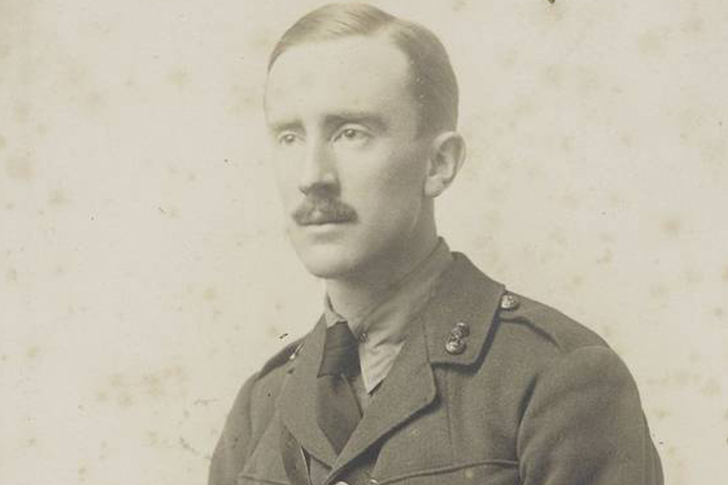
The First World War
Though he did not immediately enlist in the military, Tolkien did later serve as a temporary second lieutenant for the Lancashire Fusiliers in 1915. During this period, Tolkien was set to be married and would often write to Edith Bratt, his fiancé, of his experiences while serving in the military. Later on, after they were wed, the couple was able to move into lodgings near the training camp. Not too long after, however, he was summoned to a post in France.
Contrary to what some might believe, Tolkien did fight in the front lines. His time in combat placed a degree of pressure on his wife, who would track all of his movements using a map of the Western Front. It is no secret that the author endured many struggles on the battlefield, not least of which is the sheer number of friends he had lost along the way. According to reports, his battalion had almost been wiped out after his return home.
He would spend the last years of the war working in hospitals and garrisons.
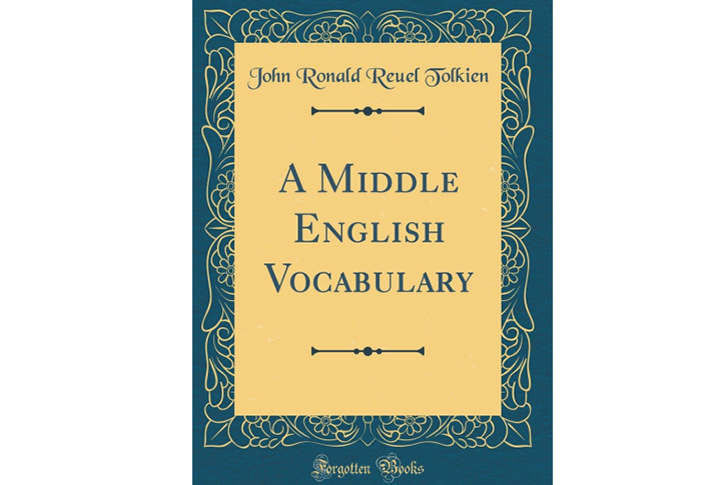
The Beginning of his Academic and Writing Careers
Fortunately for Tolkien, he was able to return to a somewhat normal life following the war. In 1920, he became the youngest professor to work as a reader in the English language for the University of Leeds. It was also while he was working there that he managed to make investments and publish A Middle English Vocabulary, which became the academic standard for years. Eventually, in 1925, he found his way back to Oxford with a fellowship at Pembroke College.
While there, he was able to complete The Hobbit, as well as the first two volumes of The Lord of The Rings Trilogy.
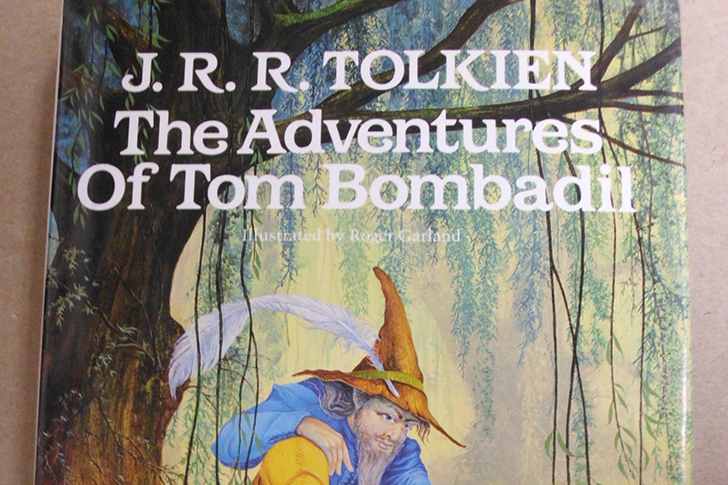
J.R.R Tolkien’s Writings
He authored many significant pieces of literature, but none more so than The Lord of the Rings and the world he created within it. In fact, many of his separate works still borrowed ideas from his legendarium. Just take the case of The Adventures of Tom Bombadil, which is a story unto itself but also takes place within the same universe as The Hobbit. For the avid Tolkien reader, there is a certain electricity whenever two separate stories intersect.
Funnily enough, Tolkien did not expect The Hobbit to become popular. In fact, he had to be persuaded to send it in for publication! Fortunately, he eventually caved, and to his surprise, the story appealed to readers of all ages. It became so popular that publishers requested for him to write a sequel. As you might have already guessed, that sequel became The Lord of The Rings Trilogy.
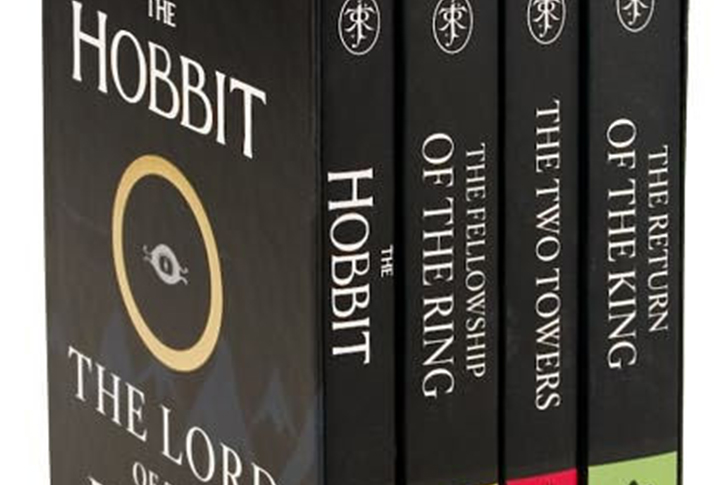
Tolkien continued to expand on the book’s mythology, which is how The Silmarillion came to be. Unfortunately, his wish for it to be published alongside the trilogy did not come to fruition as printing costs were too steep, according to his publisher’s financial advisor. Despite this, the author continued to work on it, further expanding the book’s lore. It wasn’t until 1977 that his writings were published, though posthumously. This volume was comprised of all the material he had worked on and was edited by his son, Christopher.
Considering how prolific he had been as a writer, it is no surprise that he left behind quite a lot of unfinished work. These fragments were published under the title Unfinished Tales of Numenor and Middle Earth. For Tolkien, everything was a work in progress. Even the stories he had already written came with alternative versions! You’ll find many of which in the twelve-volume series, The History of Middle Earth.
There’s no doubt that Tolkien deserves the credit he continues to receive even to this day. His work has turned into myth, in a way, and we’re certain it would continue to be so in the years to come.

